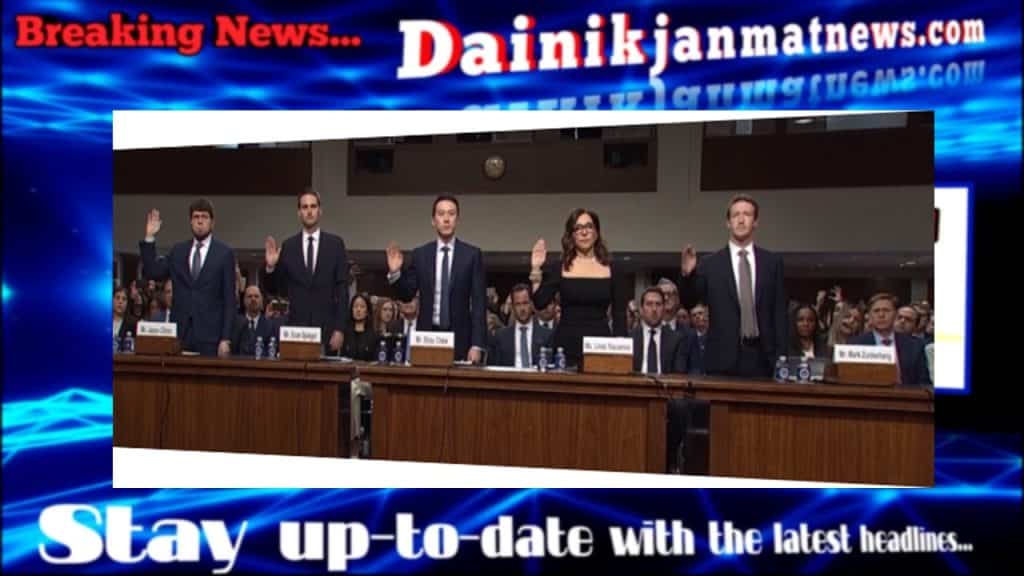
In:The Federal Network Agency is facing a landmark decision in the dispute over underground fiber-optic Internet pipes. “We will soon publish a draft decision,” the Federal Network Agency said in response to the request. We are talking about Telekom’s so-called empty pipes, in which there is still room for competition cables. Telekom has to let the competitors in, but according to Vodafone, it demands too much money.
These are “lunar prices”, says Tanya Richter, head of technology at Vodafone Germany. On the other hand, Telekom considers it to be in line with the market. The Federal Network Agency now wants to set the prices at which Telekom’s competitors can lay their optical fibers in plastic pipes. Fiber optic expansion has been ongoing in Germany for several years, with fiber being installed directly into the home (Fiber to the Home; FTTH). Optical fiber is considered the best technology to meet the growing data needs in the digital age. Telephone lines (DSL/VDSL) are being phased out. TV cables also have no future.
No single strategy
Telekom and Vodafone have taken different paths when it came to fixed internet for years; Telekom relied on VDSL and Vodafone on TV cable. Now they are both moving towards fiber optic devices, but at different rates; Telekom was ahead of the game, while Vodafone turned around late. By the end of 2023, Magenta Group has made fiber optic equipment available to 7.9 million households. Vodafone’s fiber optic subsidiary OXG has only started operations in autumn 2023; no households are yet definitively connected, the target is seven million. Many other companies are also involved in the deal, such as Telefónica subsidiary Our Green Fiber Optic (UGG).
During the expansion, streets will have to be torn up to allow houses to run cables, a complex task that can also irritate residents. It makes sense that construction work is only done once, especially since most conduits have enough room for cables from several companies.
Deutsche Telekom in particular can be considered as a lessor of empty pipe capacities. According to its own information, the group has installed about 400,000 kilometers of optical fiber in nine years. “We have spent billions to speed up the fiber issue, and Vodafone has stood back and invested almost nothing in its network,” said Wolfgang Kopf, Telekom’s head of regulatory affairs. “And now they want to get into our pipes at a ridiculous price and thus partially devalue our investment.” Telekom is not Caritas for Vodafone’s mismanagement.
Vodafone insists that Telekom should pay only a modest rent. Considering the impending decision of the network agency, Vodafone manager Richter says: “We need the right guardrails for Germany to move from mid-range to high-end fiber deployment.” According to Richter’s presentation, Telekom requires a specific pipeline. The annual category and annual meter is a rental fee of less than five euros, which is twelve times the usual price for using empty pipes in other EU countries.
The calculation of this example, however, has Telekom shaking its head. “The price must match the relevant investment,” says Telekom’s Kopf. The comparison with an EU state like Spain is extremely flawed, aren’t there completely different circumstances there? Installing Fiber to the Home (FTTH) in a household in Germany costs between €1,000 and €1,500, and in Spain only €200 to €400.
Is Telekom Slowing Fiber Expansion?
Vodafone complains that the high rental prices for empty pipes will have a negative impact on the overall fiber expansion in Germany. If the federal network agency were to follow Telekom’s position and set high prices, it would only benefit the Bonn-based company, says Vodafone manager Richter. “But it hurts Digital Germany because it slows down fiber optic construction and inconveniences citizens with sometimes unnecessary construction sites on sidewalks and streets.”
The logic behind such an argument. Because Telekom is asking too much money, competitors will have to dig and lay their own pipes, even though there are already empty Telekom pipes on the street. Then the excavators were missing in other places where there is still no fixed fiber optic network and it is actually much more urgently needed.
It is noticeable that other companies, which are also engaged in fiber optic expansion, do not want to join Vodafone’s criticism. The VATM industry association, which brings together Telekom’s competitors, argues in a similar fashion to Vodafone and is also highly critical of Telekom. But opinion is by no means uniform among Magenta’s competitors. The issue has been “blown up” by Vodafone, according to an industry representative, who did not want to be identified. The representative of another company expressed caution.
This attitude can be explained by the fact that the low price of entry would be good for Vodafone in the beginning, but in the long run it could be bad for other companies who themselves have empty pipes and have to fear for their value; , not only Telekom, but the industry in general should be forced to open its pipes. In that case, the investments will no longer be suitable if the competitor can rent cheap space, says one of the company’s representatives. “No one will want to lay pipes anymore. Low rental prices will hurt fiber expansion in Germany.”







